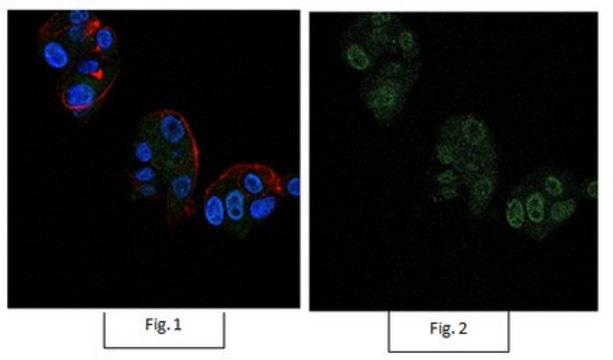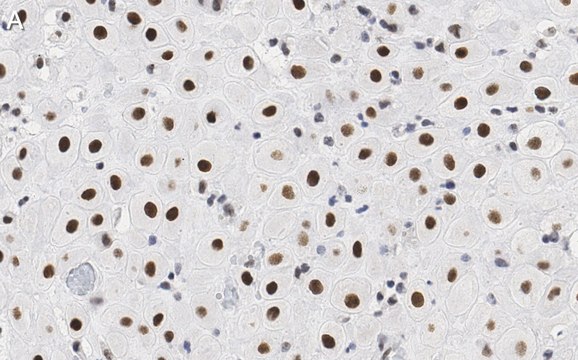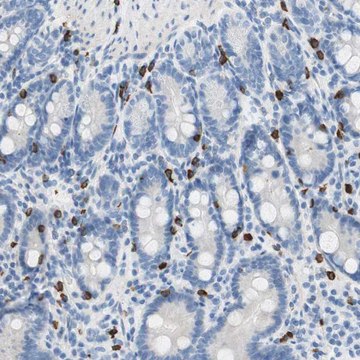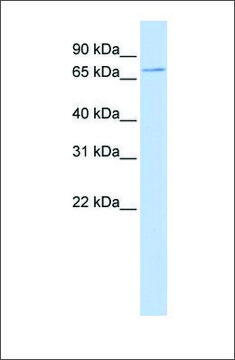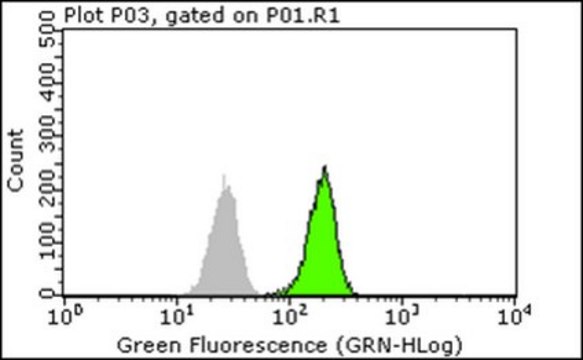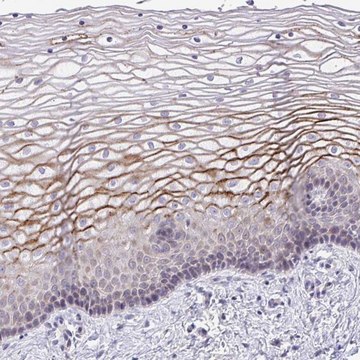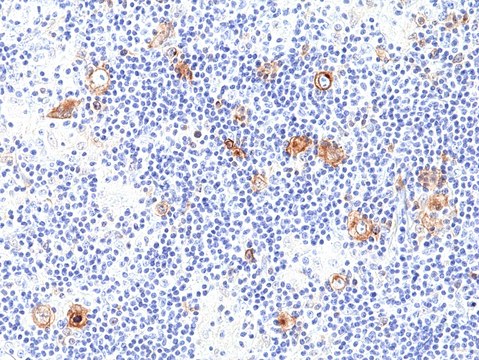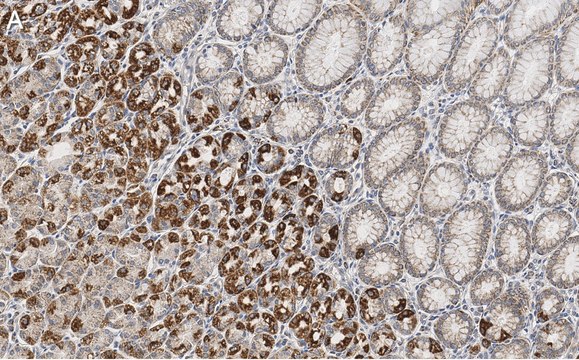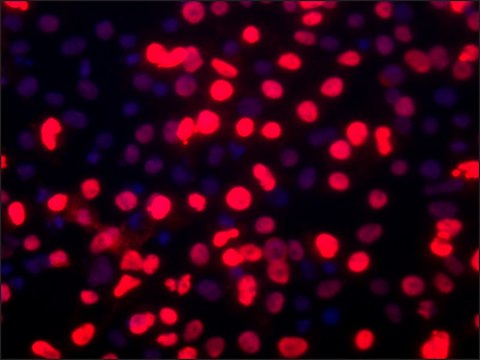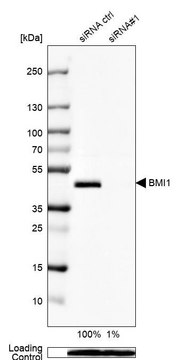SAB4200034
Anti-BMI1 (C-terminal) antibody produced in rabbit
~1.0 mg/mL, affinity isolated antibody, buffered aqueous glycerol solution
Synonym(s):
Anti-B lymphoma Mo-MLV insertion region 1 homolog, Anti-PCGF4, Anti-Polycomb group RING finger protein 4, Anti-RNF51, Anti-Ring finger protein 51
Select a Size
Select a Size
About This Item
Recommended Products
biological source
rabbit
conjugate
unconjugated
antibody form
affinity isolated antibody
antibody product type
primary antibodies
clone
polyclonal
form
buffered aqueous glycerol solution
mol wt
antigen ~37 kDa
species reactivity
human
packaging
antibody small pack of 25 μL
concentration
~1.0 mg/mL
1 of 4
This Item | HPA030472 | SAB4200033 | PLA0208 |
|---|---|---|---|
| antibody form affinity isolated antibody | antibody form affinity isolated antibody | antibody form affinity isolated antibody | antibody form affinity purified immunoglobulin |
| conjugate unconjugated | conjugate unconjugated | conjugate unconjugated | conjugate - |
| storage temp. −20°C | storage temp. −20°C | storage temp. −20°C | storage temp. 2-8°C |
| shipped in dry ice | shipped in wet ice | shipped in dry ice | shipped in wet ice |
| form buffered aqueous glycerol solution | form buffered aqueous glycerol solution | form buffered aqueous solution | form - |
General description
Application
- western blotting[1]
- immunoprecipitation
- immunofluorescence
Biochem/physiol Actions
Physical form
Disclaimer
Not finding the right product?
Try our Product Selector Tool.
Storage Class Code
10 - Combustible liquids
Flash Point(F)
Not applicable
Flash Point(C)
Not applicable
Regulatory Information
Choose from one of the most recent versions:
Certificates of Analysis (COA)
Don't see the Right Version?
If you require a particular version, you can look up a specific certificate by the Lot or Batch number.
Already Own This Product?
Find documentation for the products that you have recently purchased in the Document Library.
Our team of scientists has experience in all areas of research including Life Science, Material Science, Chemical Synthesis, Chromatography, Analytical and many others.
Contact Technical Service
